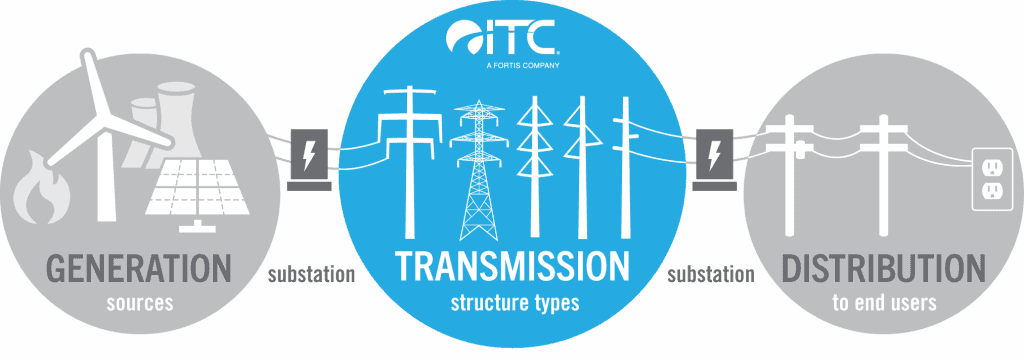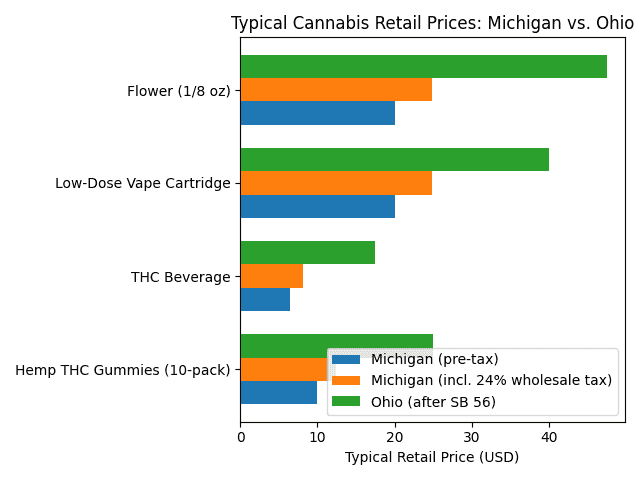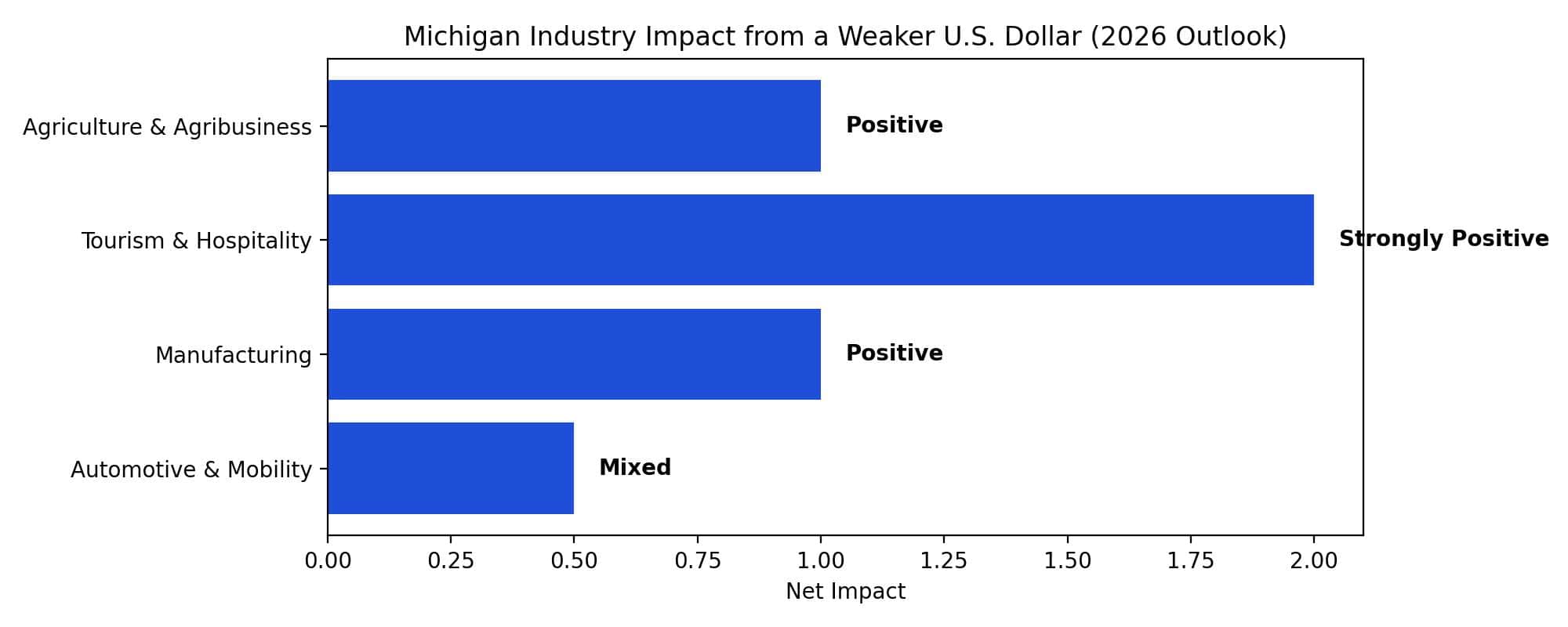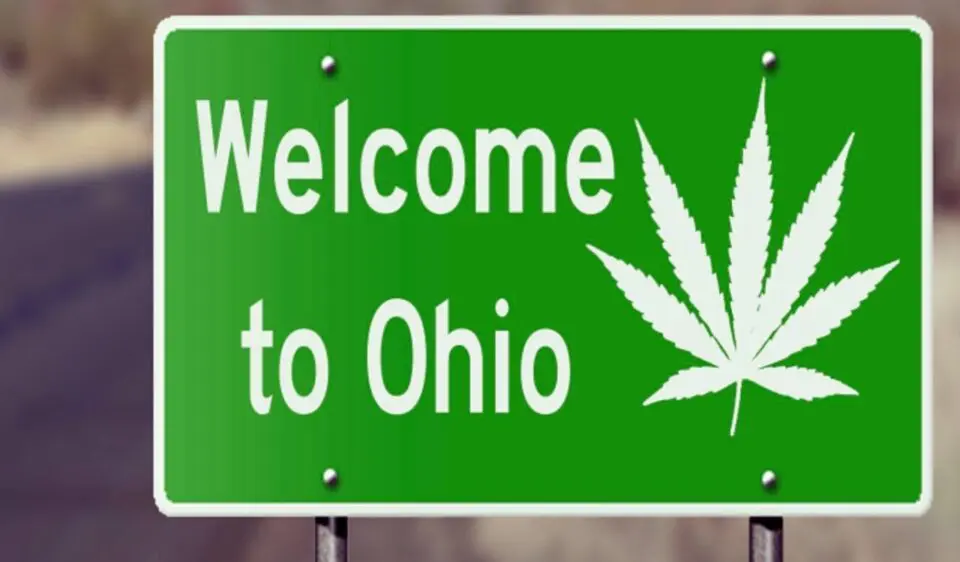Your website is only as effective as your goals determine it to be. You can have a professional and great-looking website that represents the brand well, but if it’s not helping you reach your targets in terms of clicks, impressions, and conversions, then it might not be good enough. Conversion is the name of the game for most businesses, so what do you do to improve your site’s ability to convert your visitors into customers? Here are a few tips worth keeping in mind.
Making It More User-Friendly
A user-friendly website is fundamental for enhancing conversion rates. This means creating an intuitive and straightforward navigation structure that allows visitors to easily find what they are looking for. Simplifying the layout and avoiding clutter ensures that users are not overwhelmed by too much information at once. Ensuring mobile responsiveness is equally critical, as a significant portion of web traffic now comes from mobile devices. Easy-to-read fonts, appropriate color contrasts, and accessible design elements also contribute to a positive user experience. Ultimately, a user-friendly site creates a seamless journey that reduces frustration and keeps visitors engaged, increasing the likelihood of conversion.
Optimizing It for Speed
Website speed is a crucial factor that influences both user experience and conversion rates. Fast-loading pages keep visitors on your site, reducing bounce rates and increasing the chances of conversion. To optimize for speed, minimize the size of images and videos through compression, and limit the use of heavy scripts that can slow down loading times. Utilizing browser caching and Content Delivery Networks (CDNs) can significantly enhance loading speeds by storing content closer to the user’s location. Regularly testing your site’s performance with tools like Google PageSpeed Insights can help you identify and resolve any issues that may be affecting load times, ensuring a fast and efficient user experience.
Creating Landing Pages
Landing pages are a powerful tool for conversion as they are designed with a single focus or goal in mind. Unlike general website pages, landing pages are tailored to specific campaigns, products, or offers, providing a targeted message to visitors. The best landing page builders can deliver compelling headlines, clear and concise content, and strong calls to action that guide users toward taking the desired action. The design should be clean, with minimal distractions, allowing visitors to focus on the conversion goal. By aligning the content and design of landing pages with the intent of your ads or promotional efforts, you can significantly increase the conversion rates of your campaigns.
A/B Testing
A/B testing is an essential strategy for optimizing your website’s conversion rate. This process involves creating two versions of a webpage or element and testing them against each other to see which one performs better. You can test various elements, including headlines, images, calls-to-action, and page layouts. A/B testing provides valuable insights into what resonates with your audience and what drives them to convert. By systematically testing and iterating, you can make data-driven decisions that continually improve your website’s effectiveness. This approach allows you to refine your strategies based on actual user behavior rather than assumptions, leading to higher conversion rates over time.
Analyzing Visitor Data
Analyzing visitor data is critical for understanding how users interact with your website and identifying areas for improvement. Tools like Google Analytics provide comprehensive insights into visitor behavior, including how they arrive at your site, which pages they visit, and where they drop off. By examining metrics such as bounce rates, session duration, and conversion paths, you can pinpoint bottlenecks and optimize the user journey. Understanding the demographics and preferences of your audience also helps tailor your content and design to better meet their needs. Regularly reviewing and interpreting this data allows you to make informed adjustments that enhance user experience and drive conversions.
Writing Great Copy
Compelling copywriting is essential for capturing attention and persuading visitors to take action. Great copy should be clear, concise, and tailored to the needs and desires of your target audience. It’s important to highlight the benefits of your product or service, addressing potential pain points and showcasing how your offering provides a solution. Strong, action-oriented language in your calls to action can motivate visitors to take the next step. Additionally, incorporating elements of storytelling can make your message more engaging and memorable. By focusing on a persuasive and impactful copy, you can effectively communicate your value proposition and guide visitors toward conversion.
The application of the tips above, and the continual analysis of how the changes truly affect its ability to convert customers, is the key to making your site truly effective.







